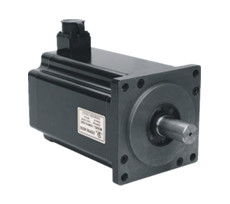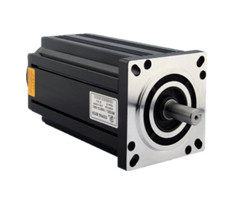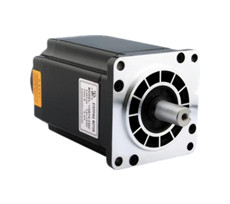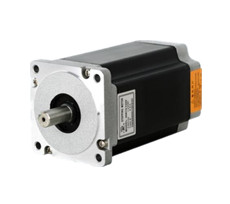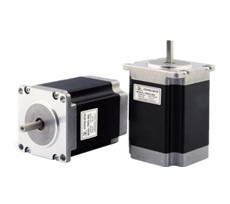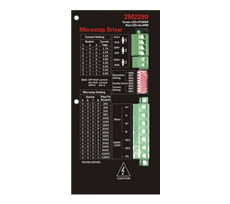
Products
-
The 2M2280 is one of the few Direct-On-Line Step Motor Drive, available in the industry, which can be simply power up from the AC power source without the need of a Power Supply. This makes it cost effective and space.

CNC machines
Computer numerical control (CNC) machines are automated machines that make industrial components without human assistance. This is possible because CNC machines are fed a series of instructions that are delivered to an internal computer controller. These instructions are in the form of codes that belong to the numerical control programming language.
The code used to program CNC machines is generically called G-code. However, G-code instructions are only part of the programming language. Specifically, G-codes give CNC machines the coordinates from which to hold and engage the machining tool in order to cut and shape metal to certain specifications. The entire series of codes used to operate CNC machines also include M-codes and T-Codes, which manage the CNC machine and drill tool, respectively. Tooling speed and feed controls are dictated by S-Codes and F-Codes, while X, Y, and Z-codes determine absolute position.
A standardized set of control codes for CNC machines was developed in the early 1960s in the U.S. by a trade organization known as the Electronic Industries Alliance. Roughly 20 years later, the system was revised and dubbed RS274D. Although these codes are still used across the country to assist computer-aided manufacturing (CAM), variations and additions exist among operators and manufacturers of CNC machines. In fact, operators of specific CNC machines need to be educated about the differences between manufacturer’s models to avoid a conflict in programming compatibility.
CNC machines have evolved considerably since their initial introduction into the manufacturing industry. The earliest CNC machines received code instructions through hard-wired controllers, which meant that the programming format could not be altered. However, later models were programmed via mainframe cables and floppy disks, which permitted variations in programming. At present, most CNC machines are tied into a network of computers and receive operating and tooling instructions via a software file containing the ".NC" extension. Although, the file extension varies with each machine shop, depending on its ISO certification protocols.
Today, CNC machines have graduated to encompass entire "cells" of tooling machines that can operate independently of each other. They are driven by the direct upload of CAM software files, eliminating the need for design plans to be physically drawn up. Modern CNC machines are also capable of running overnight or for several days without human supervision. In fact, CNC machines are now so sophisticated that they can dial the chief operator’s cell phone to notify him or her when a tool part breaks, and still complete other parts of the program. These features make it possible to produce thousands of parts while the machine shop is closed or while the operator is performing other tasks.




